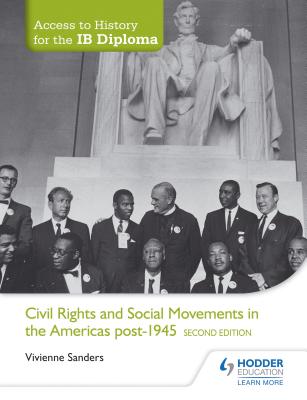
Tedick, Diane J.
product information
description
ed pedagogical practices for supporting and enhancing language development and use in school-based immersion and dual language programs in which a second, foreign, heritage, or indigenous language is used as the medium of subject-matter instruction. Using counterbalanced instruction as the volume's pedagogical framework, the authors map out the specific pedagogical skill set and knowledge base that teachers in immersion and dual language classrooms need so their students can engage with content taught through an additional language while continuing to improve their proficiency in that language. To illustrate key concepts and effective practices, the authors draw on classroom-based research and include teacher-created examples of classroom application. The following topics are covered in detail:
- defining characteristics of immersion and dual language programs and features of well-implemented programs
- strategies to promote language and content integration in curricular planning as well as classroom instruction and performance assessment
- an instructional model to counterbalance form-focused and content-based instruction
- scaffolding strategies that support students' comprehension and production while ensuring continued language development
- an approach to creating cross-linguistic connections through biliteracy instruction
- a self-assessment tool for teachers to reflect on their pedagogical growth
Also applicable to content and language integrated learning and other forms of content-based language teaching, this comprehensive volume includes graphics to facilitate navigation and provides Resources for Readers and Application Activities at the end of each chapter.
The book will be a key resource for preservice and in-service teachers, administrators, and teacher educators.
member goods
No member items were found under this heading.
listens & views

SHADOW OF THE GLEN (COMP)
by STEVENS / JONES / GIBBS / HUDSON / WILLIAMS
COMPACT DISCout of stock
$14.75
Return Policy
All sales are final
Shipping
No special shipping considerations available.
Shipping fees determined at checkout.






